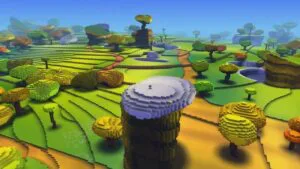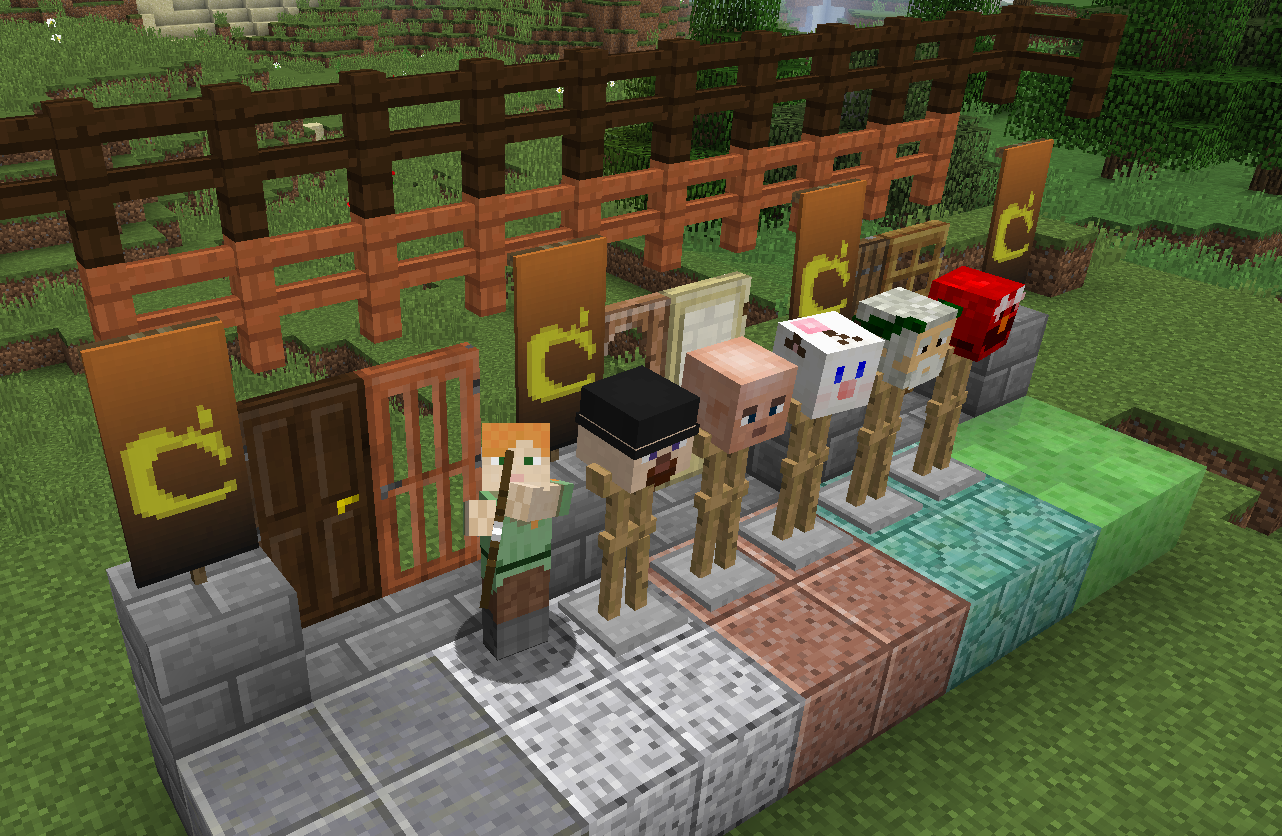

Translates object's model matrix (in world space)įunc Parametrized math function which takes *args and returns world respective coordinates tuple=(x, y, z)


Simply by providing 3D (or 4D homogeneous where w=1) data vertices list - Model transforms this coordinates from 3D world space to projected screen space It is possible to provide faces as 2d array Model(data=data, faces=faces). To create model you can simply pass 3D world vertices as 2-d list Model(data=data) Now we can create and render model objects by calling Model.draw() at each frame update (See Example) That's all we need for setting up environment. Width, height = 1024, 768 # should be same as 2D provider Device. # we certainly can draw lines ourselves using put_pixel three_d.drawline # but implementation below - much faster line_adapter = lambda p1, p2, color: pygame. three_d import Device import pygame # our adapter will rely on pygame renderer put_pixel = lambda x, y, color: pygame. There is only one requirement - to provide 2D pixel and line renderer(drawer)Īs current example uses pygame, pip install pygame=2.0.1 # recommended versionīrew install sdl2 sdl2_gfx sdl2_image sdl2_mixer sdl2_net sdl2_ttfįrom pla圓d. Models.Model API is open demonstration of MVP model and is definitely a good starting point/topic for 3D graphics.Īlso you can plot any function on 3D scene. Flat shading and Gouraud shading not implemented.Face clipping not implemented, vertices clipping ignored too.Not implemented features due to low performance: This implementation / API only for demonstration and playground purposes based on Perspective projection.Ĭan be used on top of any 2d graphics engine/lib(frame buffers, sdl and etc.) TL DR: Basic 3D world playground with animations and camera completely from scratch(only 2D pixels).


 0 kommentar(er)
0 kommentar(er)
